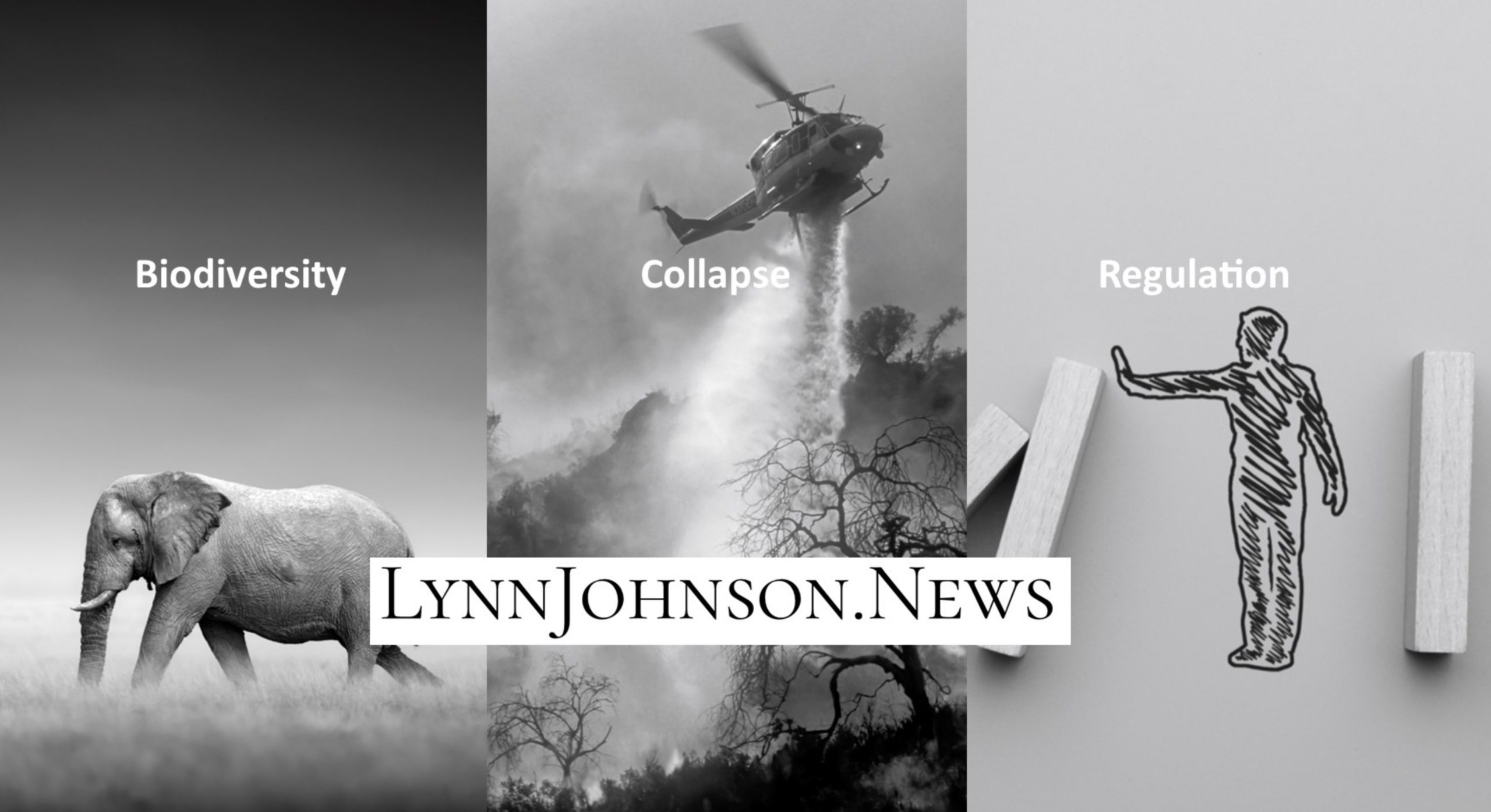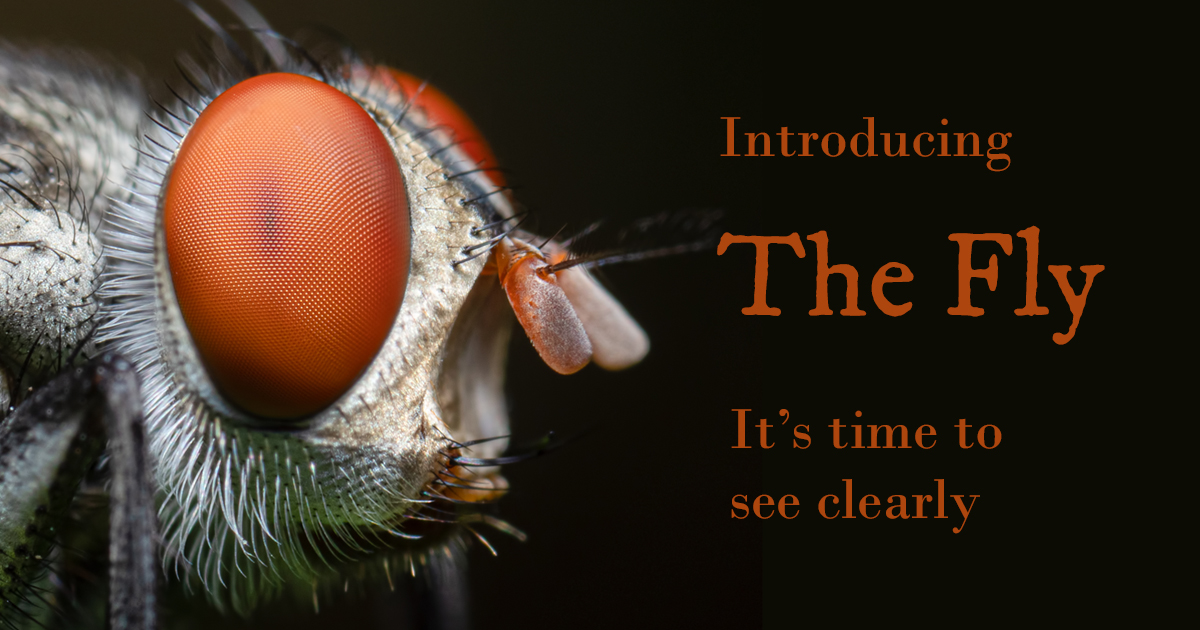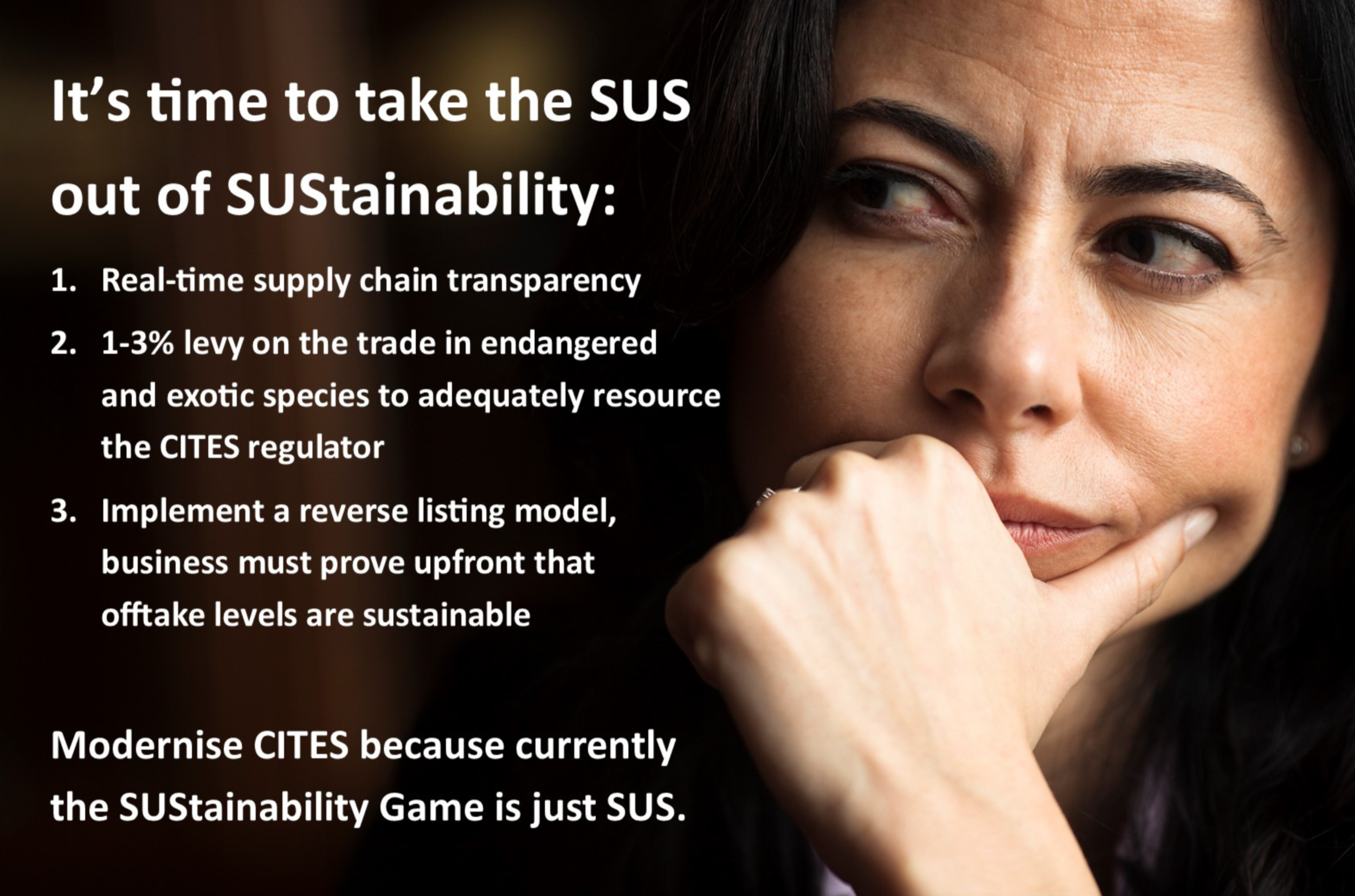One of Einstein’s famous quotes was “You Don’t Have to Know Everything. You Just Have to Know Where to Find It.”.
When you want to know about the very real risks associated with the extinction crisis where do you turn? How do to you find the facts and the solutions, some of which have been ignored for years and even decades?
One thing is clear, we don’t have that much time left to change our relationship with the natural world, 2030 is seen as a tipping point. The science is clear, and we have run out of time for procrastination. So, what are you willing to change about how you behave in the countdown to 2030?
When you have access to a fuller picture of what we are collectively facing, will this inform how you shop, eat, vote, invest, where you work, the types of entertainment you use including how you travel?

Finding this information is what drives me to investigate the issues and connections which makes what I cover meaningful. When you only focus on what’s happening in the moment, you often miss how you got here.
“What am I missing?” was the question I started asking myself a decade ago when looking at the accelerating extinction crisis and more. Biodiversity loss, together with the climate crisis, weren’t new issues. Alarms had been sounding for decades, so why were people so unaware? What became clear very quickly is that it was hard to get important information about the drivers of biodiversity loss from the mainstream media or corporate conservation.
While it is great to see a growing volume of research into the scale of the legal trade and flaws in the systems that manage and regulate it, this work is fledgling and could easily slip back into obscurity. Even after the global pandemic, whose root cause is that humans are vulnerable because the line between us and exotic animals has long been breached trade purposes, the legal trade still goes unquestioned and is even clinically sidestepped by the premier conservation organisations.
The WWF’s website, to this day, only quotes a figure of the value of the legal trade from the early 1990s! Why is the information WWF provides 30 years old?
WWF, probably more than any other conservation organisation in the world, is the go-to organisation for the public to get information on conservation. How does having information 30 years out-of-date, about the legal trade in endangered species, fulfil WWF’s mantra of an evidence-based approach? Given WWF is also the go to organisation for the mainstream media, as its ‘expert source’, for quotes for articles on biodiversity loss, it will come as no surprise that the legal trade in wild species has been ignored by the mainstream media for decades.
From 2013 Until Now
Since 2013, starting with Breaking The Brand and evolving to Nature Needs More, I have written extensively researched blogs and articles about all aspects of the trade in wild species, trade regulation and the conservation industry.
In 2020, I created an online magazine HowToSpendItEthically.Org to help consumers know their purchasing behaviour is helping to protect the natural world and not adding to the extinction crisis, assuming no one really wants to be a Blind Shopper!
In 2021, I launched The Fly, with the mission to expose the global institutional failure and the incompetence, fraud and corruption enabling the exploitation of the legal trade in endangered species. The wildlife and environments that many of us gush about have been sold out by nearly 50 years of weak trade regulations. Over the years these investigations have become bigger and more time consuming, unpacking opaque and secretive information about trade, trade deals, legislation, and regulation.
The information uncovered during these investigations has constantly reinforced why they are worth doing. National and global systems are broken, and this is driving the extinction crisis, environmental collapse in addition to global warming.
Why Investigations Must Expand
As I write this, the financial crimes regulator in Australia has launched an investigation into Perth Mint, Australia’s biggest gold and silver refiner and ordered the appointment of an external auditor under the Anti-Money Laundering and Counter-Terrorism Financing Act. The Perth Mint is owned by the Government of Western Australia. In Australia, this comes on the back of the Federal Court of Australia ordering Westpac Bank (one of Australia’s big 4 banks) to pay a $1.3 billion penalty for its breaches of the Anti-Money Laundering and Counter-Terrorism Financing Act in 2020 and after Commonwealth Bank (another of the big 4) paid $700 million penalty fine for similar breached in 2018.
Add to the finical sector, the gaming industry. There have been money laundering probes into casinos throughout Australia and the sector has been found to be complicit in money-laundering, potentially worth billions of dollars. These investigations are still underway and this week it was suggested that the body responsible for overseeing casinos in Queensland, the Office of Gaming and Liquor Regulation, should be required to give evidence about what actions they took to deal with the casino sectors operating deficiencies. All this is happening, and Australia isn’t even high on the list of corrupt countries!
Regulatory failures should not be happening at these scales or in these types of institutions, but they are, and they are enabling corruption at mindboggling levels. Worldwide, global financial brands are paying penalties because of their laissez faire approach to monitoring, and governments have been complicit in this through evermore light-touch regulation, which more often means no regulation.
It should come as no surprise that Mo Ibrahim, a Sudanese-British telecom’s billionaire who advocates for good governance said, “Corruption needed to be confronted in Westminster and Washington before it could ever be dealt with effectively in Africa.”
Lax monitoring and poor regulation of a wide range of industries are driving planetary collapse. These failures need to be fixed before any more projects, under the banner of a Green Wall Street, are launched to further commoditise nature. This includes fixing the failure of the global regulators, from modernising and properly resourcing CITES to ensuring that multilateral trade agreements put in place the environmental and social protections that are allowed by the WTO but not implemented.
To Much Business As Usual
The UN Environment Programme recently reached a 50-year milestone and a book, UNEP at 50 The Untold Story of the World’s Leading Environmental Institution, catalogues 50 years of missed opportunities and lack of courage to speak truth to power. What is even more tragic is that many people have known the weakness of the current system for years and knew what was required to give the environment the status it needed. The first step being the creation of a well-resourced World Environment Organisation with equal status to challenge the World Trade Organisation (WTO) and World Bank.
Because this wasn’t done the WTO and the World Bank have continued to run roughshod over the natural world. While the World Bank has encouraged major global donors to give hundreds on millions of dollars to promote the sustainable use model, it hasn’t encouraged an investment of just US$30 million to modernise the CITES trade and permit system to ensure that the trade in endangered species is traceable in real time and from source to destination. Any organisation that wants sustainable use, needs to prove what sustainable off-take levels are; in 50 years of regulated trade this has never been done.
So as CITES reaches its 50-year milestone in 2025, it should be worried that this marker in history will bring it to the attention of an investigative writer, eager to unpick what it has achieved (or not).
Maybe CITES will be lucky and pass its 50th-year without such scrutiny; I imagine the CITES secretariat and many of is powerful signatories from the US to the EU, South Africa, China and Japan are all hoping it will stay under the radar.
They will most likely do just enough to indicate that they will review the convention’s effectiveness at this 50th birthday, so long as any evaluation is done by those institutionalised within the system and compliant to its existing default, that everything can be traded until it is proven to be a problem (or they are driven to the point of extinction, whichever comes first).
All the evidence to date is that CITES, it’s signatories and the pro-sustainable use conservation sector will get their wish, with journalists, even those in globally respected news channels, not asking the most basic questions.
For a while, after the IPBES report was published in 2019 and during the pandemic, whenever I saw quote from John Scanlon, Secretary General of the CITES between 2010 and 2018, saying something on the lines of “CITES is effective”, I would email the journalist to ask if they had questioned John about how he backed up such claims? As you would expect, most didn’t reply, but some did, saying something on the lines, “I just reached out to John by email for a few comments, so I have no idea how he backs up or justifies that comment”. Given these articles were discussing the trade in endangered species, it would seem a valid and necessary question.
This is the background for the launch of LynnJohnson.News, as we countdown to 2030. The topics investigated are Biodiversity, Collapse and Regulation. We highlight some Great Reads, for those who would like to understand more about the underlying drivers and enablers of the crisis we are collectively facing.
While this project is branded LynnJohnson.News the research and the articles are products of a nearly 30-year partnership with my husband, Peter Lanius. We both write articles and we both do research. We work many hours to investigate the issues, pick apart the complexity, discuss the insights and write about what we have found and what can be done.
But we don’t charge money for our time; you have open access to everything we write. We just have a digital tip jar at the bottom of every article for you to toss a few coins into if you want to. Finding the time to do the research and writing is helped by the goodwill of people who are also looking for real answers to what is happening but can’t necessarily devote the time to investigating something that they care passionately about to find the solutions available, even if they are not yet enacted.
In addition to the article, throughout LynnJohnson.News you will see MC/BC Advert which stands for Mindset Change and Behaviour Change Advertising.
MC/BC advertisements on LynnJohnson.News are simply visual statements to show how the big issues we are collectively facing are, in reality, very personal to each and every one of us. As the UN Secretary General recently stated, “We have a collective choice. Collective action or collective suicide”.
Mindset Change and Behaviour Change Advertising will be scatted throughout the LynnJohnson.News site to trigger reflection on what needs to change to help rebalance our relationship with nature and mitigate environmental collapse.
These adverts will be created to reflect the level of urgency and the scale of change needed. We can’t promise that these messages will be always painless. Sometimes we will certainly point to greed, selfishness, or apathy. There is a belief in many circles that all messages should be positive, don’t upset people, people only learn and change when they feel positive, are having fun and are engaged. This mindset is pervasive; it is naïve and just plain wrong. These is ample evidence that Discomfort Triggers Behaviour Change.
I hope that LynnJohnson.News will provide you with the information you want and need to make some urgent and critical decisions.
Sign up. Follow us on Twitter and LinkedIn. And send tips: Some of our most impactful stories originated from ideas and information from readers. To send us an idea for a story, contact us here.
In our passion for wildlife and the natural world, one thing is clear, we don’t have that much time left to change our relationship with the natural world, 2030 is seen as a tipping point. The science is clear, and we have run out of time for procrastination. So, what are you willing to change about how you behave in the countdown to 2030?
Ask yourself, what has more than 50 years of watching wildlife documentaries inspired me to do? Making the odd donation to a global wildlife charity isn’t enough.
Are you ready to change how you shop, eat, vote, invest, where you work and the entertainment you choose, including where and how you travel, if doing so can help reduce the extinction crisis and environmental collapse? Because the greatest threat to our planet is the belief that someone else will save it and, in the end, sentiment without action is the ruin of the soul.









